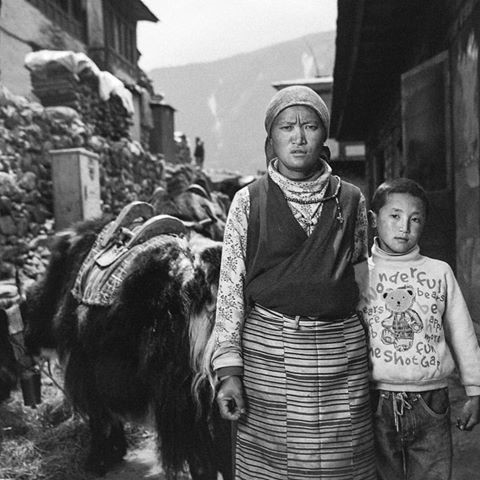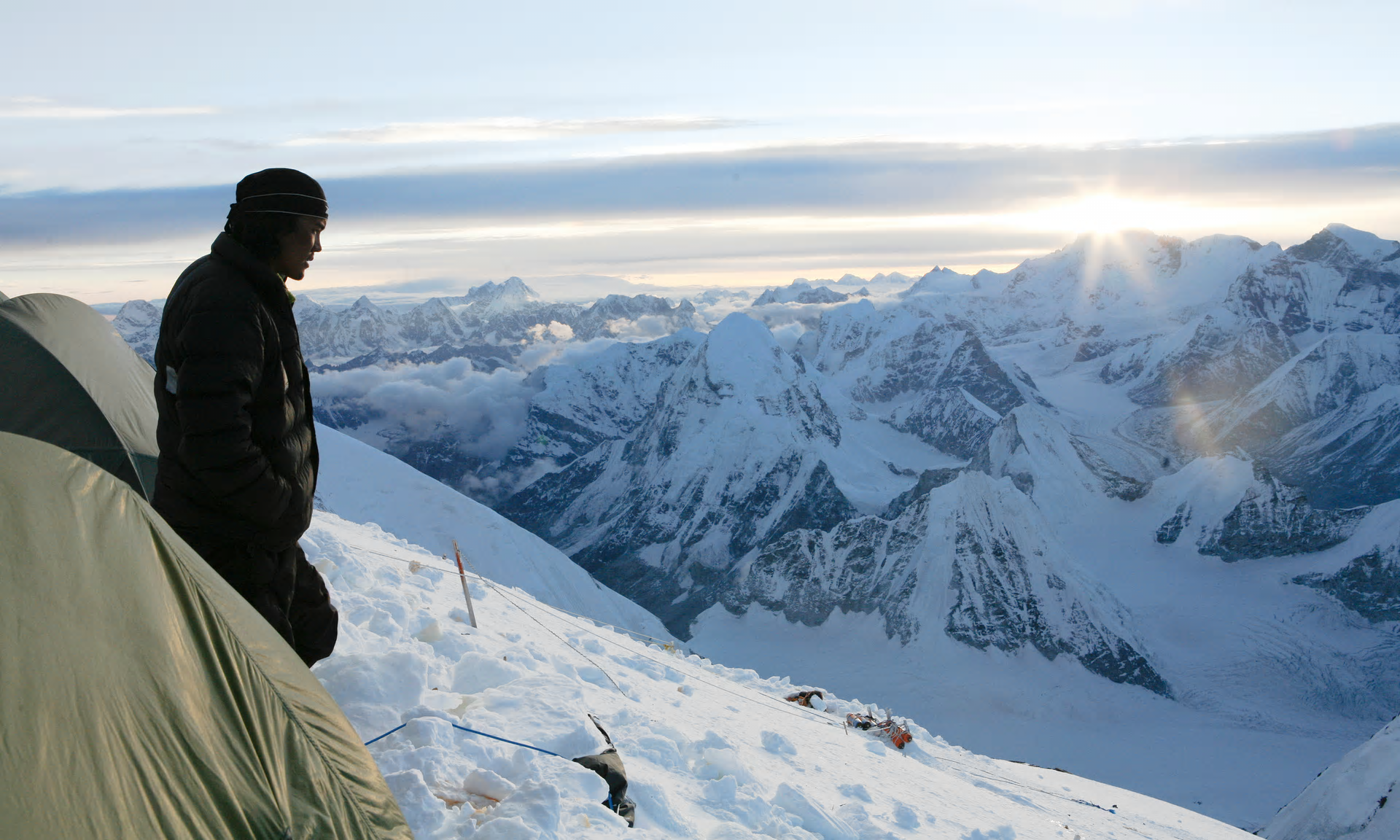It was February 2014, and Norbu Tenzing was chatting with his visitors at the American Himalayan Foundation. “It’s just a matter of time until there is another big disaster on Everest,” he said.
Norbu is a son of Tenzing Norgay, the national hero in Nepal who teamed with New Zealand’s Edmund Hillary on the historic first ascent of the world’s highest peak on May 29, 1953.
Norbu never harbored any inkling to retrace his father and Sir Ed’s route to the top of the world, taking to heart his father’s advice: “I climbed Mount Everest so my sons wouldn’t have to.”
He has instead been an advocate for better pay, training, and life insurance for the hundreds of his fellow Sherpas who do climb Everest – as courageous guides, porters, caregivers, and rescuers.
Most are poorly compensated by expedition companies that attract hundreds of clients each year. These tourists, some astonishingly unprepared for the challenges ahead, pay up to $65,000 or more, all expecting to reach the summit and safely return.
“The numbers of casual, recreational adventurers on Everest have soared in recent decades,” says Norbu. “It’s a circus.”
And the dangers are mounting. He knows. His prediction three years ago of another big disaster proved horribly correct in less than three months:
Tumbling, splintering blocks of ice high on Everest’s South Face crashed onto twenty-five Nepali men. Each was ferrying more than sixty pounds of food, oxygen tanks, cooking equipment, and other supplies on their backs for the guided expeditions.
Sixteen mountaineering workers were killed in the extremely treacherous Icefall zone—thirteen high altitude Sherpas and three other Nepali workers. A year later, another ten Sherpas died along with nine climbers in an avalanche triggered by an intense earthquake. Those 2014 and 2015 climbing seasons were the deadliest ever on Everest.
A high altitude Sherpa working above Base Camp is nearly ten times more likely to die than a US commercial fisherman (the job rated most dangerous by the US Centers for Disease Control and Prevention) and more than three and a half times as likely to die as a US Army infantryman was during the first four years of the Iraq War, according to Outside magazine’s Grayson Schaffer.
“There is no other service industry in the world that so frequently kills and maims its workers for the benefit of paying clients,” Schaffer wrote in his Outside cover story, “The Disposable Man: A Western History of the Sherpas on Everest.” Grayson’s article was published nine months before the April 2014 catastrophe.
“As a workplace safety statistic, 1.2 percent mortality is outrageous. The dead are often forgotten, and their families left with nothing but ghosts.”
 The woman in this photo, Ang Nemi Sherpa, was raised by Norbu’s grandfather. Her husband was among those thirteen high altitude Sherpas killed in the Icefall avalanche.
The woman in this photo, Ang Nemi Sherpa, was raised by Norbu’s grandfather. Her husband was among those thirteen high altitude Sherpas killed in the Icefall avalanche.
Expedition operators not only “profit handsomely,” Norbu has written. “They marginalize and at times intimidate climbing Sherpas. The Sherpas often are pawns in this deadly game that operators have no interest in changing.”
Guides on the staff of Western expedition companies often make $50,000 in a climbing season, but top pay for Sherpas, who must make many more trips, is only $5,000.
Sherpas depend on aluminum ladders that they stretch across yawning crevasses within the Icefall — “a jumbled maze of unstable ice towers,” as author Jon Krakauer once wrote — to make this perilous passage as many as thirty to thirty-five times on each expedition. They carry on their backs heavy loads of supplies for people who often will cross the Icefall only twice or possibly four times.
The Sherpas are in a bind. That $5,000 amounts to ten times the average annual household income in Nepal. If you want to give your family a better life, and you want a better life, there are few better options in the Sherpa homelands of Asia’s poorest country. What would you do?
Aspiring foreign climbers should ask themselves: Is my conscience clear about how a climbing Sherpa’s family would be compensated and protected if a father, husband, uncle, or brother is killed during the expedition? Do I and the expedition leaders understand the ethics of our choices?
Some Sherpas and other Nepalis have set up their own expedition companies, tapping growing demand from Indians and other Asians who want to climb Everest at fees far below rates of Western expedition operators. They recruit young, poorly trained Sherpas for their expeditions, which means “we’re going to see more deaths,” says Norbu. “It’s inevitable.”
** **
Climbers, guides, and porters remained stymied on Everest’s southern slope. Respected mountaineer-blogger Alan Arnette reports that bitter cold, high winds, and heavy snows have prevented anyone from reaching the peak on the south trail, except a Sherpa team that fixed ropes to the peak on May 15. “Climbing Everest this year is proving to be one of the most tricky in decades,” Arnette says.
Over on the North Face, in Tibet, lead climbers took advantage of calmer weather to complete first ascent on May 11. The group included six teenagers from India and their ten Sherpas. Several more climbers there have followed. Arnette’s blog delivers authoritative daily reports on progress of climbing teams.
This year’s spring climbing season could last another two weeks. A shutdown by Nepal tourism officials looms around June 1, when anticipated monsoons sharply increase the threat of avalanche in the Icefall.
As hundreds of remaining foreign climbers wait anxiously for a break in the weather, for the chance to move quickly to and from the summit, anguish is surging for Sherpa families. Says Norbu, “They can only pray that their loved ones return safely from this dangerous business.”
** **
Top photo credit: Jennifer Peedom, director of the award-winning documentary, “Sherpa,” which captures the suffering of Sherpa families after the 2014 avalanche
Photo of Ang Nemi Sherpa courtesy of David Morton


Leave a Reply